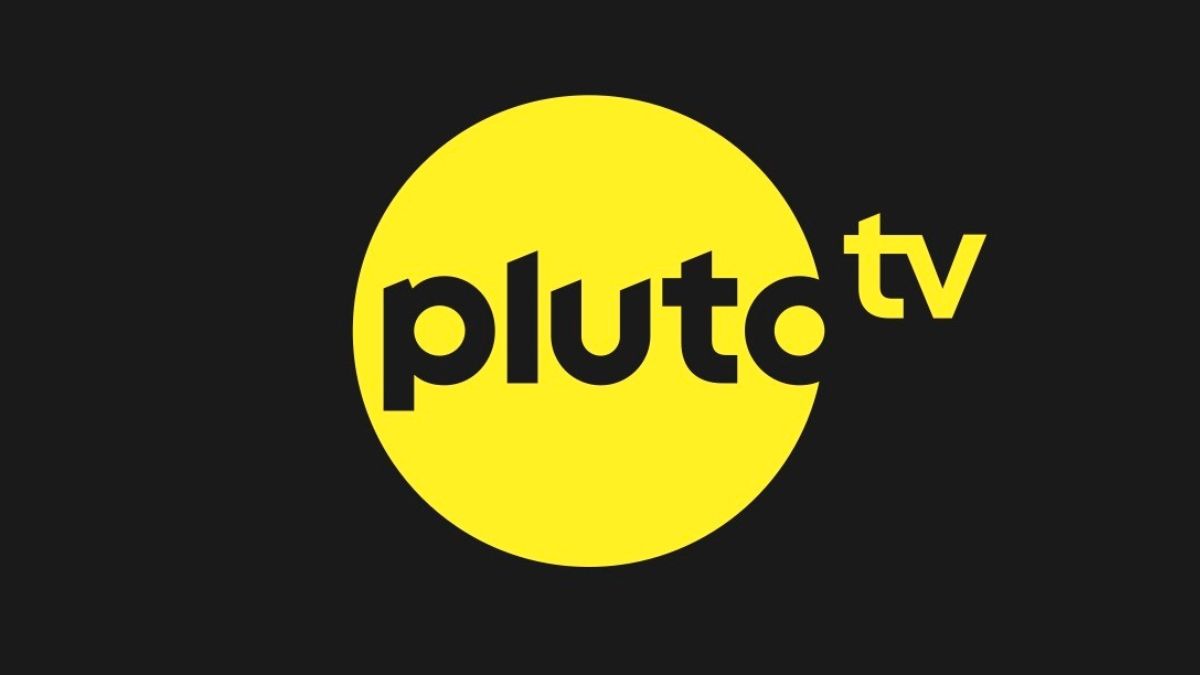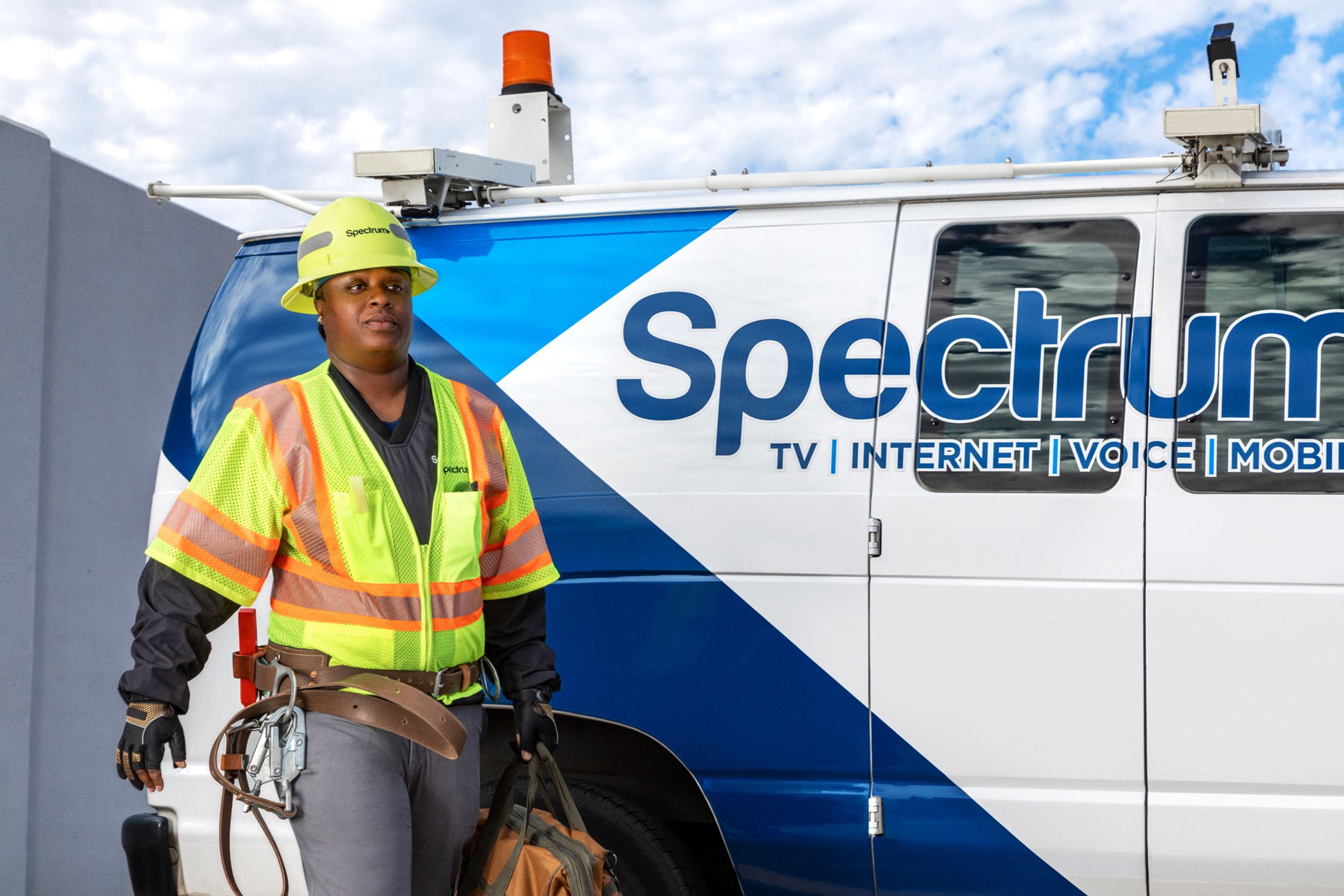That was said about 6-7 years ago ...D
Direct (AT&T) said there are no more planned satellite launches.
How things have changed
- Thread starter Bruce
- Start date
- Latest activity Latest activity:
- Replies 132
- Views 16K
You are using an out of date browser. It may not display this or other websites correctly.
You should upgrade or use an alternative browser.
You should upgrade or use an alternative browser.
Bruce
Bender and Chloe, the real Members of the Year
Original poster
Supporting Founder
Lifetime Supporter
- Nov 29, 2003
- 14,639
- 18,774
My numbers have always included YouTube TV,, 3rd Quarter would of been a total disaster , for example, Cable/Satellite lost almost 1.8 Million , but Streaming Paid Live TV gained a tad above 1.3 Million, including YTTV at 600,000 gained, Hulu Live 300,000, etc.The Paid Live TV ...
The numbers are ridiculous ...
Live Paid TV vs NON Paid TV ??? You Tube was mentioned earlier as Non Paid ... it can't be both ....
If you get Youtube Tv , it's PAID TV.
What streaming service gives you all your Locals with out Paying anything ???
So made it a loss of 465,000.
So while better for Paid Live TV, still not good for Cable/Satellite, who up till now, has lost 5,678,146 in 2023.
Also explains why the RSNs are crashing, since the majority of those losses are Comcast, Charter and DirecTV, who carry the RSNs.
Last edited:
Bruce
Bender and Chloe, the real Members of the Year
Original poster
Supporting Founder
Lifetime Supporter
- Nov 29, 2003
- 14,639
- 18,774
Well, at least they were correct.That was said about 6-7 years ago ...
That was the start of the Demise of D* really ...Well, at least they were correct.
Bruce
Bender and Chloe, the real Members of the Year
Original poster
Supporting Founder
Lifetime Supporter
- Nov 29, 2003
- 14,639
- 18,774
No, what started the demise of all Cable/Satellite TV was ON-Demand and DVRs, that taught people they no longer needed Live TV, so when Netflix and Hulu came along, then the others, thanks to DVR/On-Demand, which prepared subscribers for next day viewing .That was the start of the Demise of D* really ...
DirecTV has a whole bunch of other problems, priced too expensive even compared to Comcast, old equipment are the two biggest examples.
Which has helped DirecTV to lose the most subscribers, both in percentage and actual numbers .
In 2015, when AT&T bought them, Uverse and DirecTV had 26 Million Subscribers combined, today 11 Million and that includes the new services, DirecTV by Internet and DirecTV Stream, both of which were not there in 2015.
And about that time ATT said they wouldn't be launching any new Sats ... it all happened around the same time, alot was going on at that time.No, what started the demise of all Cable/Satellite TV was ON-Demand and DVRs, that taught people they no longer needed Live TV, so when Netflix and Hulu came along, then the others, thanks to DVR/On-Demand, which prepared subscribers for next day viewing .
DirecTV has a whole bunch of other problems, priced too expensive even compared to Comcast, old equipment are the two biggest examples.
Which has helped DirecTV to lose the most subscribers, both in percentage and actual numbers .
In 2015, when AT&T bought them, Uverse and DirecTV had 26 Million Subscribers combined, today 11 Million and that includes the new services, DirecTV by Internet and DirecTV Stream, both of which were not there in 2015.
ATT bought it solely to destroy it ...
Bruce
Bender and Chloe, the real Members of the Year
Original poster
Supporting Founder
Lifetime Supporter
- Nov 29, 2003
- 14,639
- 18,774
That did not happen till 3.5 years after buying DirecTV-And about that time ATT said they wouldn't be launching any new Sats ... it all happened around the same time, alot was going on at that time.
ATT bought it solely to destroy it ...

DirecTV owner AT&T says it’s done buying satellites
DirecTV owner AT&T says it’s done buying satellites
 spacenews.com
spacenews.com
And again, not the cause of cord cutting as I explained, most of those leaving would of had no idea about that.
Bruce
Bender and Chloe, the real Members of the Year
Original poster
Supporting Founder
Lifetime Supporter
- Nov 29, 2003
- 14,639
- 18,774
The cable TV revenues is expected to shrink to $30 billion by 2027, according to data from Pricewaterhousecoopers reported by ABC. The loss will include revenue from subscriptions and advertisements.
The firm also forecasts that by 2027, just 49.9 million — 38% — U.S. homes will get TV from cable or satellite. This is a drop from the100 million homes who had cable in 2016.
So pretty much the same thing I have been reporting here, but I find their numbers are way off, says 49.9 Million for Sat/Cable by 2027, but as of 3rd Quarter 2023, already at 56.5 Million, with another predicted loss of 1.5 Million in the 4th Quarter.

 cordcuttersnews.com
cordcuttersnews.com
<iframe width="640" height="360" src="
View: https://abcnews.go.com/video/embed?id=106001752" allowfullscreen frameborder="0"></iframe>
The firm also forecasts that by 2027, just 49.9 million — 38% — U.S. homes will get TV from cable or satellite. This is a drop from the100 million homes who had cable in 2016.
So pretty much the same thing I have been reporting here, but I find their numbers are way off, says 49.9 Million for Sat/Cable by 2027, but as of 3rd Quarter 2023, already at 56.5 Million, with another predicted loss of 1.5 Million in the 4th Quarter.

Cable TV Revenues Expected To Shrink $30 Billion by 2027 As Cord Cutting Grows | Cord Cutters News
The future of cable looks increasingly grim. The cable TV revenues is expected to shrink to $30 billion by 2027, according to data from Pricewaterhousecoopers reported by ABC. The loss will include revenue from subscriptions and advertisements. The firm also forecasts that by 2027, just 49.9...
<iframe width="640" height="360" src="
View: https://abcnews.go.com/video/embed?id=106001752" allowfullscreen frameborder="0"></iframe>
Bruce
Bender and Chloe, the real Members of the Year
Original poster
Supporting Founder
Lifetime Supporter
- Nov 29, 2003
- 14,639
- 18,774
Viewership is up for the free FAST services, more and more are probably noticing that the majority of content on Paid Live TV is available for free on them.

 cordcuttersnews.com
cordcuttersnews.com

Tubi, Pluto TV, & The Roku All Saw Viewership Grow In February 2024 as Cord Cutters Embrace Free Streaming | Cord Cutters News
Free streaming services are becoming even more popular as cord cutters look for cheaper options. Now according to Nielsen’s monthly platform rankings, Tubi, Pluto TV, and The Roku Channel are now all among the most watched streaming services in February 2024. According to the report from...
Bruce
Bender and Chloe, the real Members of the Year
Original poster
Supporting Founder
Lifetime Supporter
- Nov 29, 2003
- 14,639
- 18,774
Spectrum is best known for its TV services but in 2024 less than 50% of its customers are cable subscribers.
In the first quarter of 2023, 52.5% of Spectrum residential customers did not pay for a TV service. Now in 2024 at the end of the first quarter that number has jumped to 56%.

 cordcuttersnews.com
cordcuttersnews.com
In the first quarter of 2023, 52.5% of Spectrum residential customers did not pay for a TV service. Now in 2024 at the end of the first quarter that number has jumped to 56%.

Most Spectrum Customers No Longer Pay for Cable TV Services | Cord Cutters News
Spectrum is best known for its TV services but in 2024 less than 50% of its customers are cable subscribers. In the first quarter of 2023, 52.5% of Spectrum residential customers did not pay for a TV service. Now in 2024 at the end of the first quarter that number has jumped to 56%. Yesterday, […]
Bruce
Bender and Chloe, the real Members of the Year
Original poster
Supporting Founder
Lifetime Supporter
- Nov 29, 2003
- 14,639
- 18,774
Just found this, which was written before the 4th Quarter 2023 and 1st Quarter 2024 numbers were out-
Those factors are leading to a dramatic decline in total US pay-TV household penetration from the industry’s halcyon days of 2009-2010, when penetration exceeded 85%, to 2023’s expected household penetration of only 42%, which will drop even further to 32% in 2028, according to GlobalData, a leading data and analytics company.
GlobalData’s latest report, “United States Pay-TV Forecast,” reveals that the total linear US pay-TV subscriptions will fall below 50 million by 2025, as viewers continue turning away from cable TV, satellite TV, and broadband-delivered IPTV subscriptions.
By the way, based on those 4th and 1st quarter written after, Cable/Satellite, linear TV, will hit that number the end of 2024, not 2025.

 www.globaldata.com
www.globaldata.com
Those factors are leading to a dramatic decline in total US pay-TV household penetration from the industry’s halcyon days of 2009-2010, when penetration exceeded 85%, to 2023’s expected household penetration of only 42%, which will drop even further to 32% in 2028, according to GlobalData, a leading data and analytics company.
GlobalData’s latest report, “United States Pay-TV Forecast,” reveals that the total linear US pay-TV subscriptions will fall below 50 million by 2025, as viewers continue turning away from cable TV, satellite TV, and broadband-delivered IPTV subscriptions.
By the way, based on those 4th and 1st quarter written after, Cable/Satellite, linear TV, will hit that number the end of 2024, not 2025.

Traditional US pay-TV services face continued decline due to cord-cutters and cord-nevers, says GlobalData
Traditional US pay-TV services face continued decline due to cord-cutters and cord-nevers, says GlobalData
I'd say the big contributor at this point will be the transition of broadcasting content away from cable/sat. Some sports programming was shown only on cable/sat channels or you need a subscription to sat/cable to gain access to the sports online. With this transitioning to flat out simulcast (and the Internet being a better picture often), the need from Cable/Sat itself is decreasing. Add to this the wider distribution of broadband, cable/sat companies are becoming obsolete.
With the obsolescence, however, could unexpectedly come leverage. With the widespread distribution, one has to wonder how rates could remain as they are for cable/sat. Is it possible that cable/sat can drag rates back down or better yet, do the Dish Flex Pack thing and provide options. A la carte streaming, a la carte on the sat/cable.
With the obsolescence, however, could unexpectedly come leverage. With the widespread distribution, one has to wonder how rates could remain as they are for cable/sat. Is it possible that cable/sat can drag rates back down or better yet, do the Dish Flex Pack thing and provide options. A la carte streaming, a la carte on the sat/cable.
Bruce
Bender and Chloe, the real Members of the Year
Original poster
Supporting Founder
Lifetime Supporter
- Nov 29, 2003
- 14,639
- 18,774
Already happening and will continue to grow.I'd say the big contributor at this point will be the transition of broadcasting content away from cable/sat.
For example, just announced, the new Frasier series on P+ will be on CBS almost a year later.
As I have posted before, the big plan is premiere on the paid streaming service, then on the Broadcast/Cable Channels ( also paid by per sub fees) months or a year later.
But, of course,that will result in less content then what we are getting now.
Already there, when you get the vast majority of Paid Live TV content, streaming exclusives on the streaming services, even live content (sports, news, networks, cable channels) with them in a much better picture/sound and less expensive.Some sports programming was shown only on cable/sat channels or you need a subscription to sat/cable to gain access to the sports online. With this transitioning to flat out simulcast (and the Internet being a better picture often), the need from Cable/Sat itself is decreasing. Add to this the wider distribution of broadband, cable/sat companies are becoming obsolete.
A lot have already realized this, by the end of 2025, there will be more household without a Pay Live TV Service ( streaming, cable, satellite) then with.
We are already there with Cable/Satellite (55 Million households), 76 Million Households do not have a Cable/Satellite service.
If they are going to do something like that, they need to do it now.Is it possible that cable/sat can drag rates back down or better yet, do the Dish Flex Pack thing and provide options. A la carte streaming, a la carte on the sat/cable.
But I doubt it would result in much less expensive monthly bills.
For example, last September, Spectrum was able to get rid of a lot of Disney owned channels, so that eliminated the per sub fees for those, what does Spectrum do, bill does not change and still goes up in January 2024.
Which means customers are paying even more for less content.
Similar threads
- Replies
- 43
- Views
- 4K
- Replies
- 0
- Views
- 1K
Users Who Are Viewing This Thread (Total: 0, Members: 0, Guests: 0)
Who Read This Thread (Total Members: 165) Show all
- Bruce
- gpg
- catamount
- primestar31
- mc6809e
- metzmda
- brice52
- bwarning
- Rolling Joe
- hwkn
- dishdude
- MikeD-C05
- NYDutch
- jayn_j
- navychop
- Howard Simmons
- Bobby
- klang
- dhpeeple1
- thomasjk
- TheKrell
- mdonnelly
- MartyDe
- Yespage
- AZ.
- Mr Tony
- savarese04
- KAB
- dhlaw
- Mochuf
- zoomer
- johnr475
- Elsguy
- djont57
- bcwmachine
- phlatwound
- ncted
- pamajestic
- Scott Greczkowski
- gms49ers
- jorgek
- Phil T
- harshness
- glrush
- GravelChan
- EENAU
- PrunePicker
- worstman1
- David Ortiz
- hahler2
- tjguitar
- Dave90000
- bondoo0
- jimgoe
- arlo
- evetsmc
- randycat
- Strega
- vcr1980
- tvinsider
- bobvick

